A couple of years ago, I had a big meeting. A really great prospect for whom I had finally found the right opening accepted a request to meet to talk about his problems and my potential solution. Getting ready that morning, I put on my favorite suit. You know the one, THE suit, that makes ya feel good, puts a little more pep in your step . . . that suit.
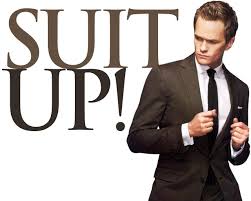
Collecting my things in my office just minutes before I walked out the door, I stood up and stepped on the hem of my pant leg, ripping the hem. Crap fooey. My options at this point were to change the suit and be late or show up dragging half my pant leg. So I punted and grabbed the tape. It didn’t hold. No sewing kit, so, I tried the stapler, I grabbed the cheap purple stapler off my desk, closest in reach. It barely stapled and got stuck when trying to extract it. I checked another office and found a really good stapler—those heavy, expensive kinds of staplers. Voila. Instant fixed hem. I went off and had a great meeting and the rest was history . . . thanks to a top of the line stapler and a little lesson in value and perception.
The moral of this story isn’t about choosing a heavy duty office stapler—though, I am now a faithful believer in this one. It’s that at that moment, the value that stapler provided had nothing to do with any of its top 10 features as would be listed on its packaging. Value was placed by me, on the object because of the need I had at that moment and the problem it solved in that place in time.
It hit me on the head then how Value is completely subjective.
I’ve learned that the good and the hard way. As professional sales people, we are consumed with learning the Features, Benefits and the Value our product or service can provide. We drill on them, we craft proposals around them, we study our prospects to connect their needs with our capabilities to provide value . . . except that it’s not up to US to define what makes something valuable. One person’s perception of value can be remarkably different than another.
That’s why it’s critical that you know your audience. Not just the company profile, the stock ticker, or the responsibilities of the person making decisions who is sitting in front of you—it is necessary that you really know what they value – on a personal, professional, or business level. It might be more than your Features or Benefits.
Do they value that you knocked on their door or called them right in their moment of need?
Do they value your perceptiveness and people skills and that you’re available to guide change through the organization?
Do they value you brought problem areas to their attention before they grew bigger?
Do they value you need the least hand holding to implement this solution?
Do they value that you follow through when commit to contacting them?
How do you really find out what someone values? It’s easier than you think!
1.) Don’t assume.
You can presume to build your case of what value you can provide from what you know but don’t assume you know what will be the real factors driving the decision making. It could be a compound of personal and professional reasons.
2.) Ask questions—about the results.
We’re trying to bring solutions that solve problems. Often that requires identifying and quantifying the problems, so we can bring our capabilities to the table. Except, maybe the problems we chase aren’t the ones they want solved. Back up, ask about the end result. What does a successful outcome mean to the company? Use those optimum results to understand What the customer wants to accomplish, then ask How and When and Why.
Working backwards can help you understand the customers’ motives and intentions and what they find valuable. You might be trying to sell them a new suit to solve their problems when what they really want at that moment is a heavy duty stapler.
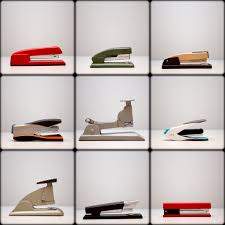
Until next time, keep kickin’ butt!
—sks




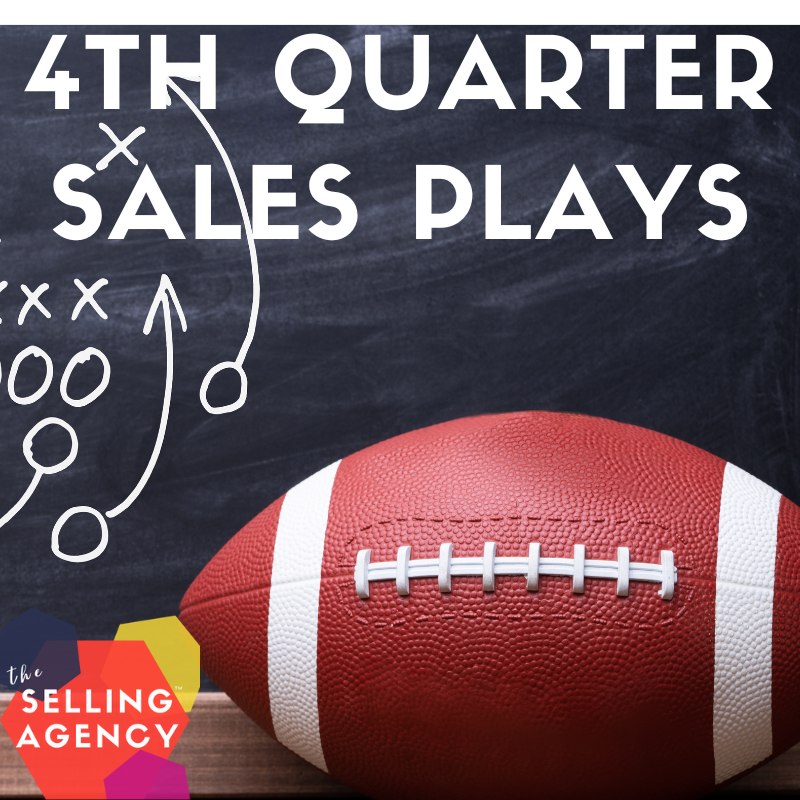
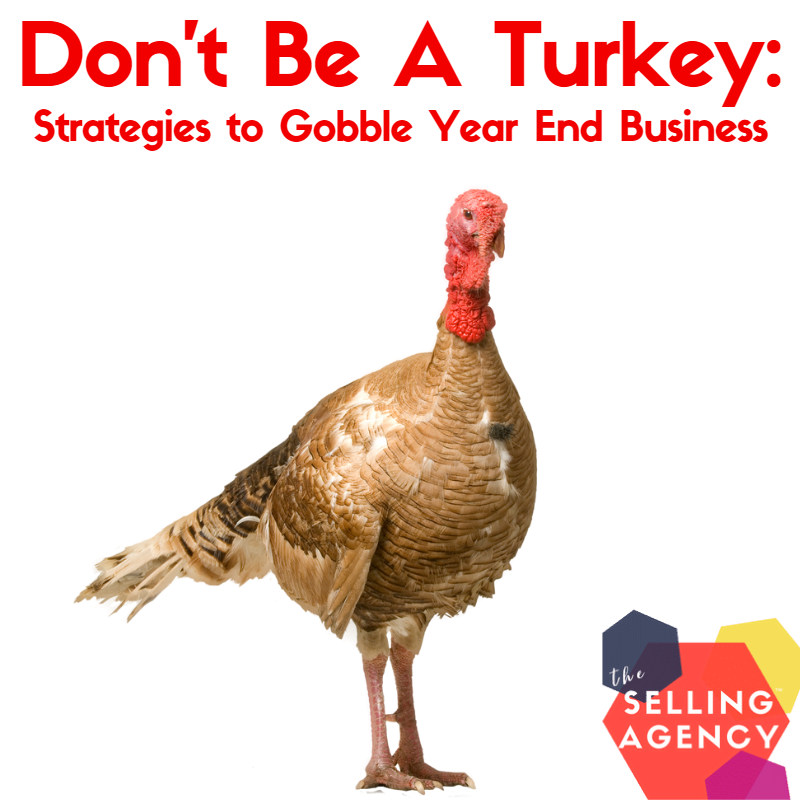
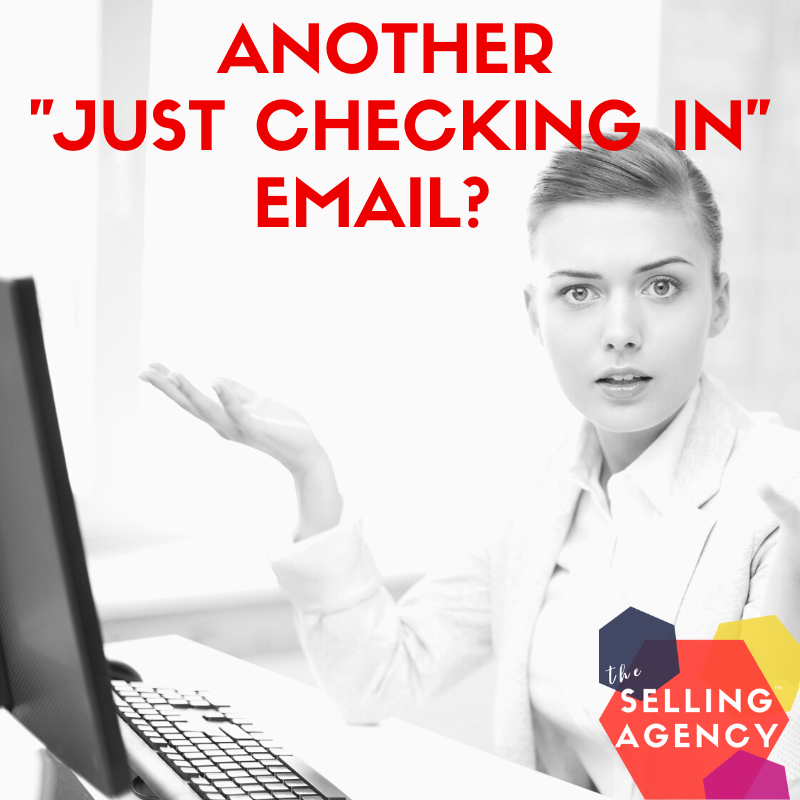


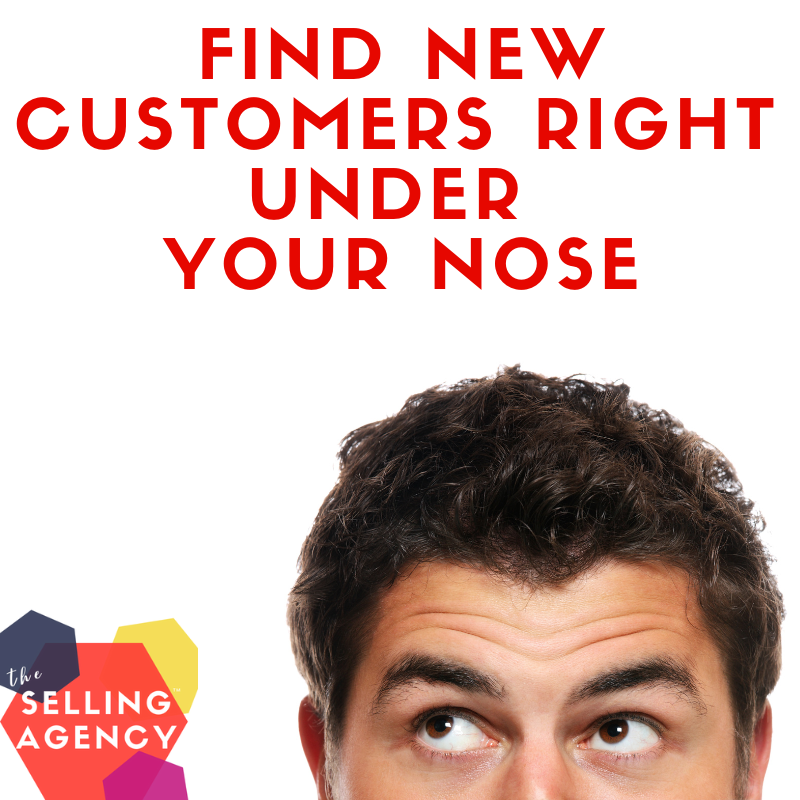
[…] phase of your pitch, you might not be connecting the results to their values. And, by the way, Value is Subjective, so you need to thoroughly understand what arrows have in the quiver of your Sales Strategy to pull […]
[…] they were sleazy, self-oriented, and manipulative. Only later did I learn that it was all about helping people get the results they […]
[…] WIFM {What’s In It For Me?} – It’s not about you and what YOU think is valuable to me. Value is subjective. Value is earned. You can’t assign value to your customers. If a feature is not relevant or meaningful to the customer, it’s useless and of no benefit. See {many} TSA blog posts for Evangelism on Value. […]